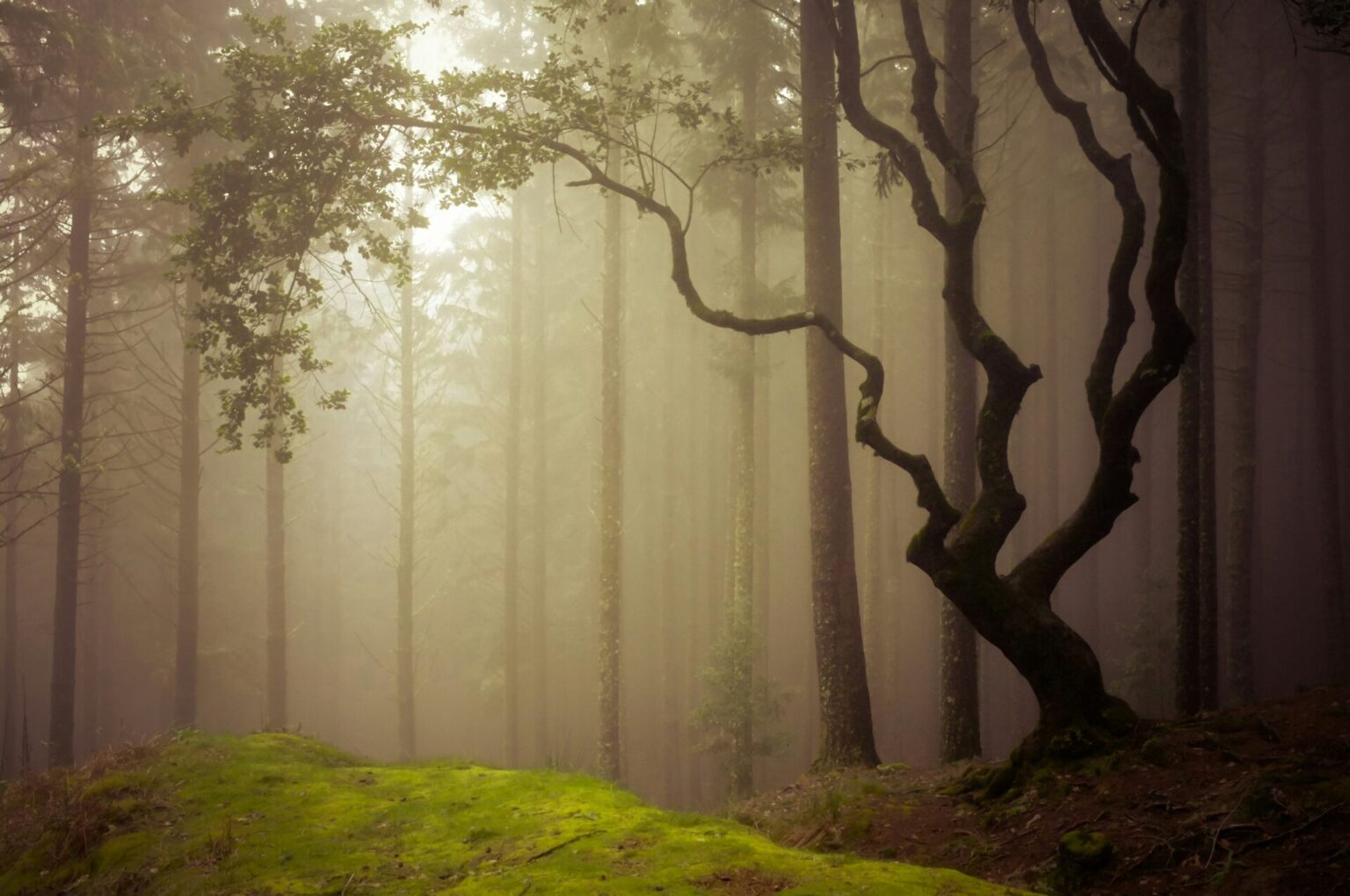Missing the forest for the trees: The role of forests in Earth's climate goes far beyond carbon storage
By Sara Blichner, James Weber | May 16, 2024

A foggy forest in Madeira, Portugal. (Photo by Fabrice Villard on Unsplash)
Imagine you’re in a forest. Do you feel soft pine needles underfoot? Or perhaps droplets of rain dripping down from the understory? Is it warm and wet, or cool and dry? What does it smell like?
Every forest has its own unique environment with cooling shade and particular smells, which can vary depending on the kind of forest, and whether it’s a warm and dry summer day, or if it’s been raining. The forest scent comes from a variety of organic vapors emitted by the trees and other plants, commonly referred to as biogenic volatile organic compounds (BVOCs). It is still a bit of a mystery why the trees emit these vapors, but proposed reasons include communication with other trees, attracting pollinators, protection against herbivores, heat-stress, and acting as antioxidants.
Although forests are widely understood to be a crucial carbon sink, these vapors can also impact the Earth’s climate in surprising and opposing ways. As the world warms, understanding these complex feedbacks is an essential piece of the climate puzzle.
Cooling haze and cloud-seeding particles. The fragrant vapors emitted by trees can react chemically in the atmosphere to form tiny particles, called aerosols (like those out of a can), which can reflect incoming solar radiation and thereby cause a cooling effect. The haze that forms is similar to those seen over cities like Los Angeles caused by man-made pollution, though much less dense.
More:
https://thebulletin.org/2024/05/missing-the-forest-for-the-trees-the-role-of-forests-in-earths-climate-goes-far-beyond-carbon-storage/
